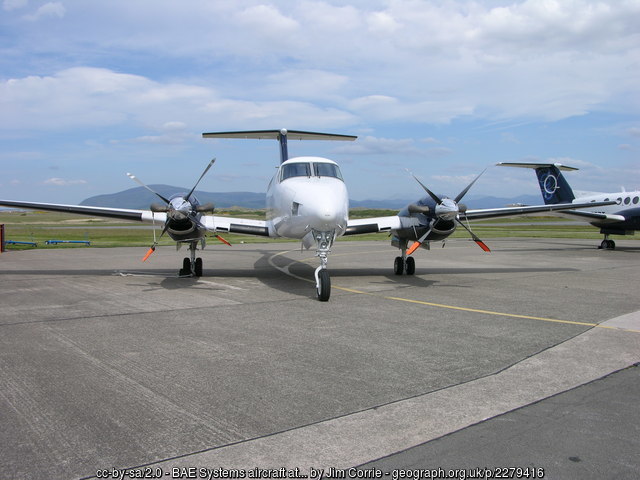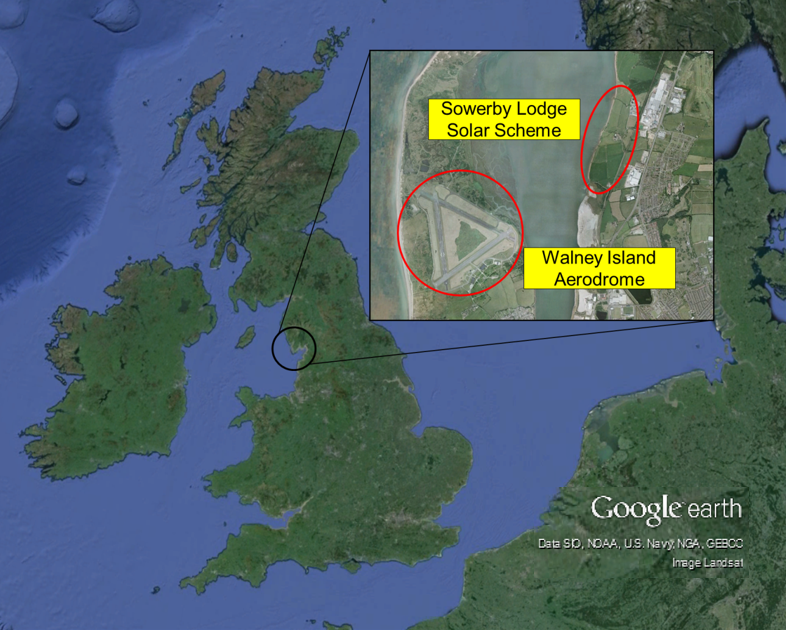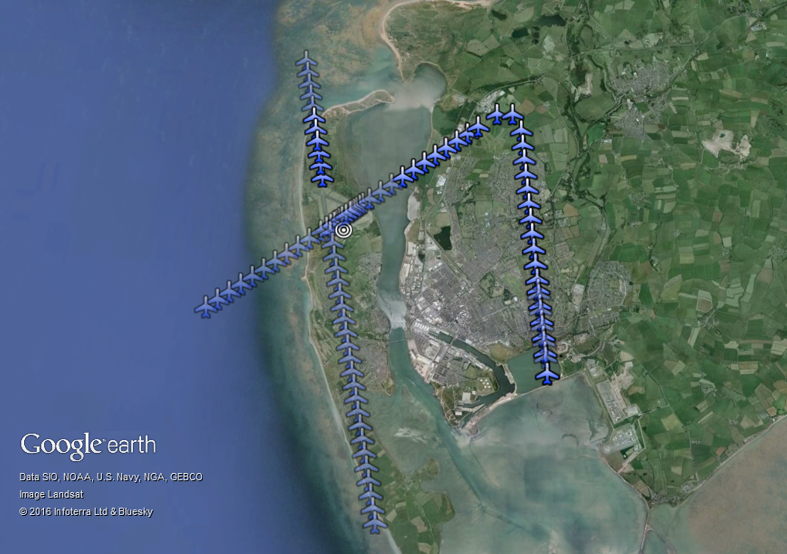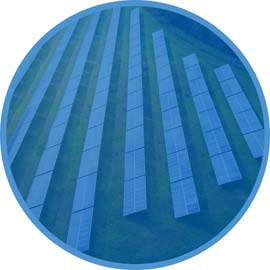Introduction
The Sowerby Lodge solar development is located in Cumbria, UK. The development comprises ground-mounted solar panels. Among the issues that the developer faced during the planning stages were concerns from Walney Island Aerodrome – to the southwest of the site – over the potential impact of solar glint and glare.
Pager Power was engaged to model the potential effects and engage with the aerodrome in order to take the development forward.
Background
Large-scale solar developments in the UK – and many other countries – routinely require solar glint and glare assessments as part of the planning process. Concerns can be raised by the planning authority or other stakeholders such as airports.
The Sowerby Lodge development received concerns from Walney Island Arodrome, located to the southwest of the development as shown in figure 2.
The Challenge
Particular challenges associated with this project included:
- The proximity of the aerodrome to the development – the runway was within 2 km of the panels.
- The location of the development relative to the airport’s final approach from the east.
- The number of receptors that required assessment – including aircraft on approach, aircraft on the runway, personnel in the ATC tower and aircraft flying a particular route to the aerodrome.
The aerodrome had not dealt with glint and glare concerns from solar panels before and were therefore particularly keen to fully understand and quantify potential effects. This is why the desk-based analysis was used as the basis for a technical meeting with the airport in order to agree next steps. The most comprehensive guidance stipulates particular receptors that require assessment. The aerodrome requested that a number of additional receptors were also modelled within the analysis. Figure 3 illustrated the modelled receptor locations.
The Process
The process for investigating the potential concerns was as follows:
- Full consideration of the aerodrome’s concerns – which were provided in writing.
- Detailed modelling of potential glint and glare effects.
- Evaluation of the effects based on available guidance and Pager Power’s experience.
- A technical meeting between Pager Power, the developer and the aerodrome personnel at Walney Island to discuss the modelling and the development as a whole.
- Further modelling of additional receptor locations agreed during the technical meeting.
The purpose of the technical meeting was to present, explain and discuss the findings of the analysis. This also gave the aerodrome personnel the opportunity to explain their operations further and agree final additions to the modelling requirements.
The Solution
All relevant receptor locations were modelled, with the potential effects quantified.
The implications of the potential effects were explored based on guidance, experience and comparisons with other sources of glint and glare.
Based on the multi-phase modelling approach and the comprehensive engagement with the aerodrome, all parties were satisfied that the development would not present a safety risk to Walney Island Aerodrome.
The Result
Following the analysis and engagement, the aerodrome was able to confirm it had no objections to the proposal.
The solar development received planning permission and was subsequently built.

Figure 1: Aircraft at Walney Island Aerodrome

Figure 2: Sowerby Lodge Development and Walney Island Aerodrome

Figure 3: Assessed aircraft and ATC tower receptors
How can we help you today?



THE SECTORS WE SERVE





